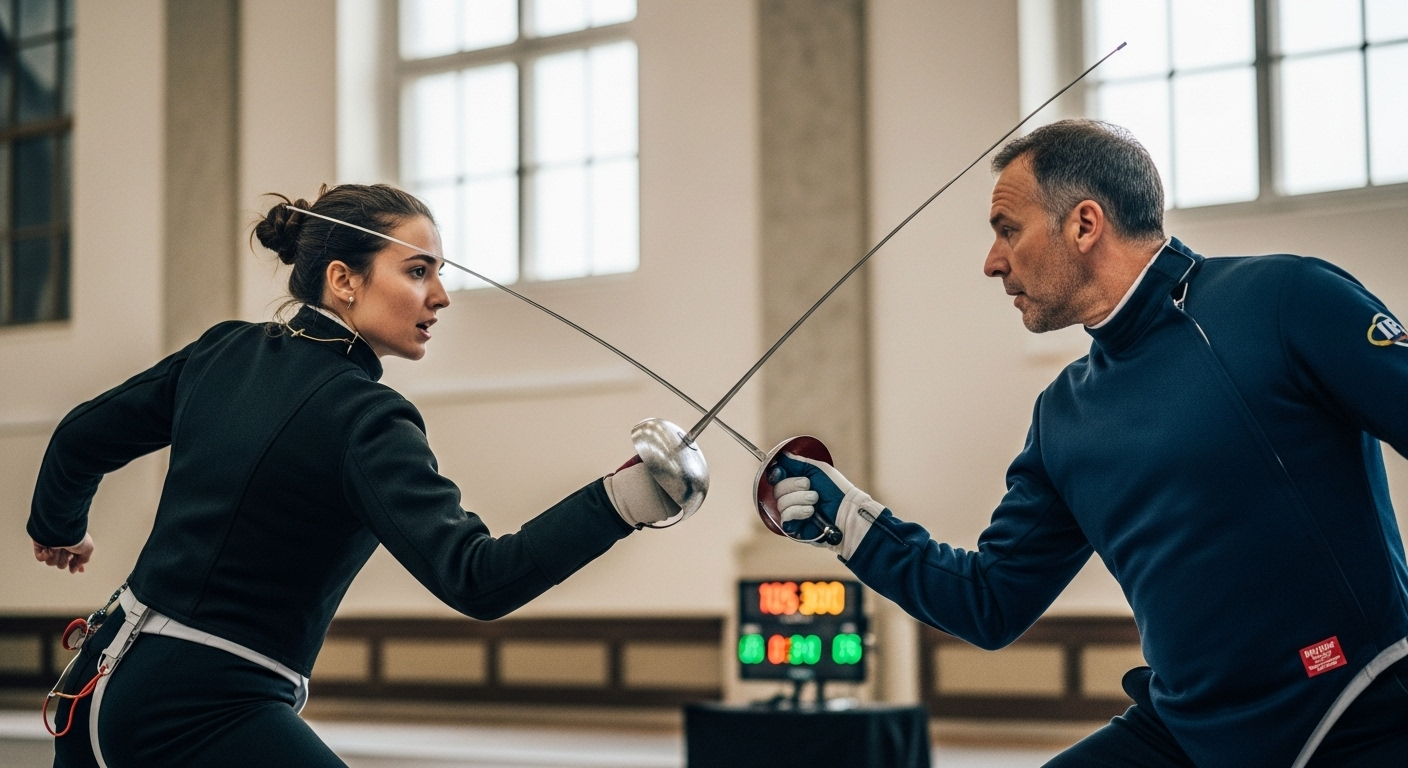Fencing: The Dance of Warriors
Fencing, often perceived as an elite, inaccessible sport, is in fact a discipline steeped in history, strategy, and an exciting blend of agility and intellect. This article aims to demystify the art of fencing, shedding light on its origins, evolution, and the current trends shaping this dynamic sport.

A Historical Duel: The Origins of Fencing
Born from the need for survival and the art of war, fencing has its roots in ancient civilizations. It was a crucial skill set for warriors and noblemen alike, with the earliest evidence of fencing-like activity dating back to 1190 BC in an Egyptian temple. Over the centuries, fencing has evolved from a combat technique to a sport, with the first fencing schools established in Spain in the 15th century.
Evolution and Refinement: Fencing through the Ages
The transformation of fencing from a martial art to a sport happened gradually over the centuries. The invention of the foil, a lighter weapon allowing for a more refined technique, marked a significant turning point. Rules were established to prioritize skill and strategy over brute force, paving the way for modern fencing.
Modern Fencing: The Sport Today
Today, fencing is recognized as a sport of agility, strategy, and precision. It is divided into three categories: foil, epee, and sabre, each with unique rules and techniques. Fencing has been part of the Olympics since 1896, showcasing the sport’s athleticism and mental finesse to a global audience.
Benefits and Challenges of Fencing
Fencing offers numerous physical and mental benefits. It enhances cardiovascular fitness, flexibility, and coordination while promoting strategic thinking and concentration. However, it’s not without its challenges. Fencing requires a significant investment of time and effort to master, and the equipment can be costly.
The Way Forward: Current Trends and Developments
Fencing continues to evolve, with innovative training methodologies and the use of technology for performance analysis. As the sport becomes more accessible, it’s seeing a rise in popularity, particularly among youth.
In conclusion, fencing is a discipline rich in history and complexity. It’s a sport that offers immense benefits and challenges, providing a unique blend of physical activity and mental stimulation. It continues to evolve, promising an exciting future for new and seasoned fencers alike.




